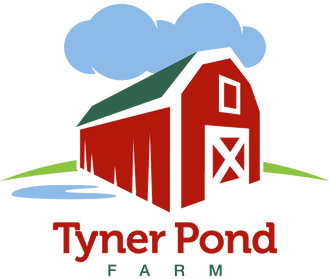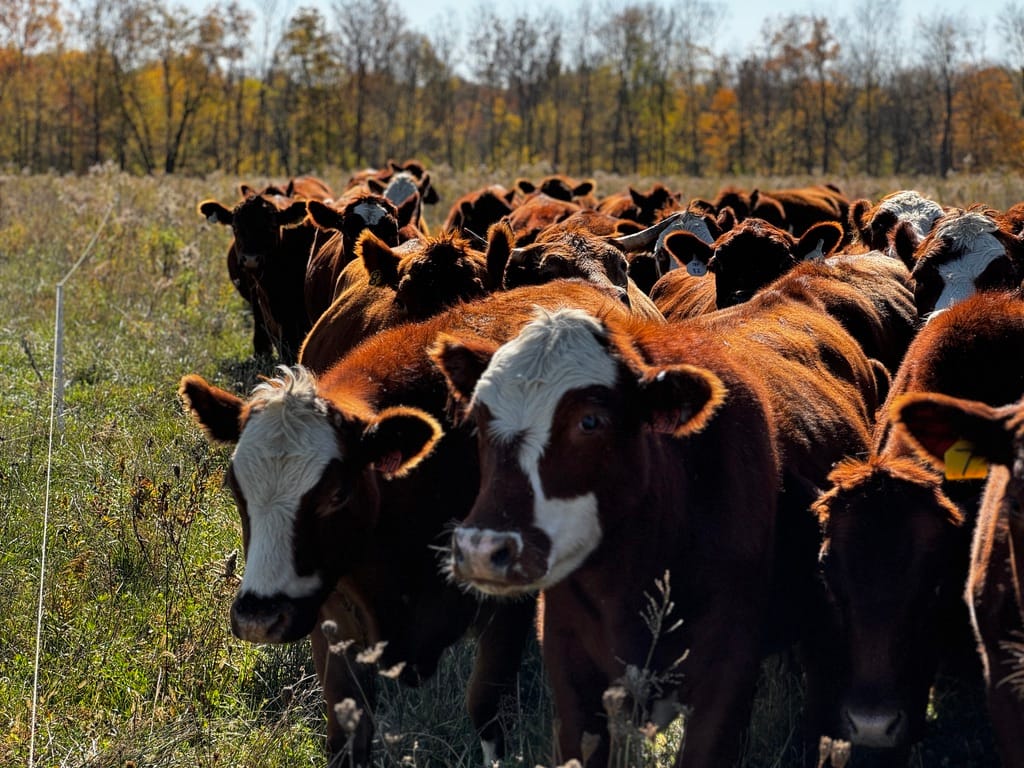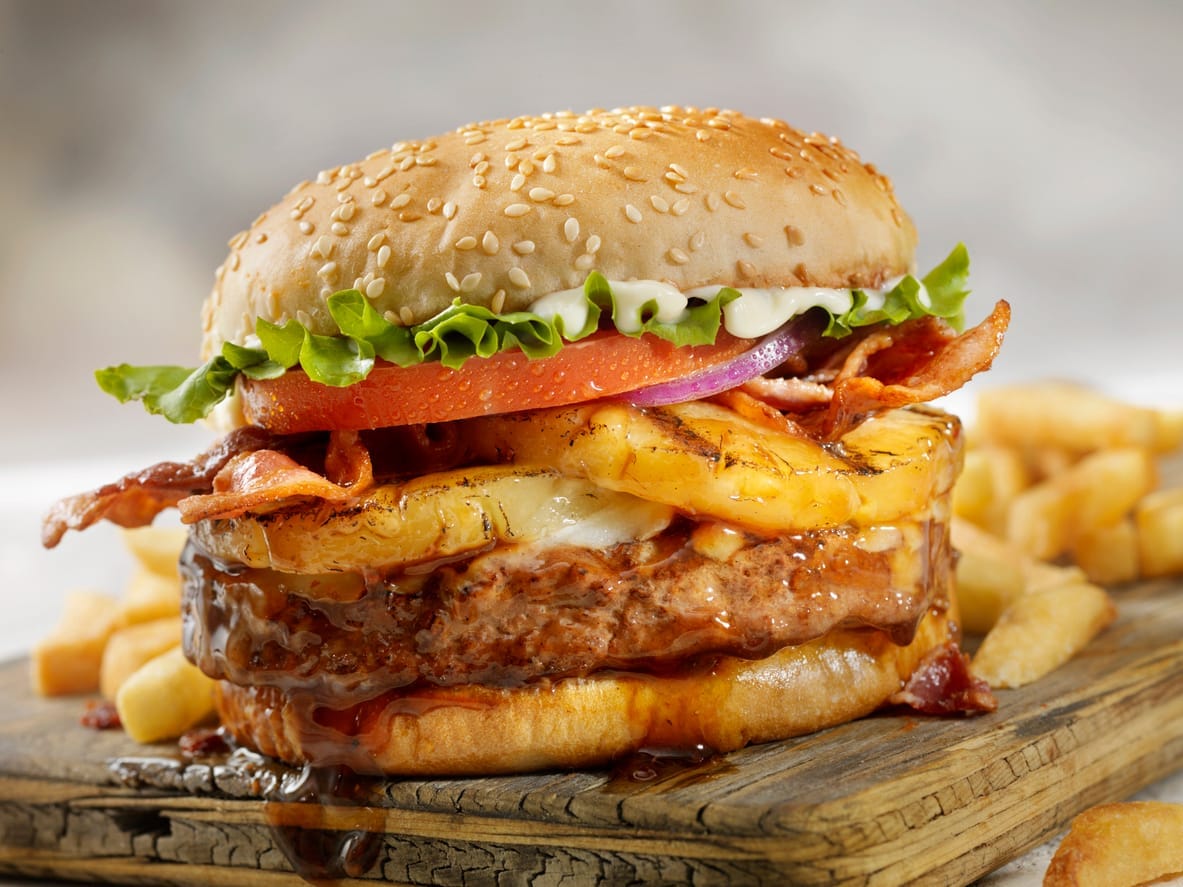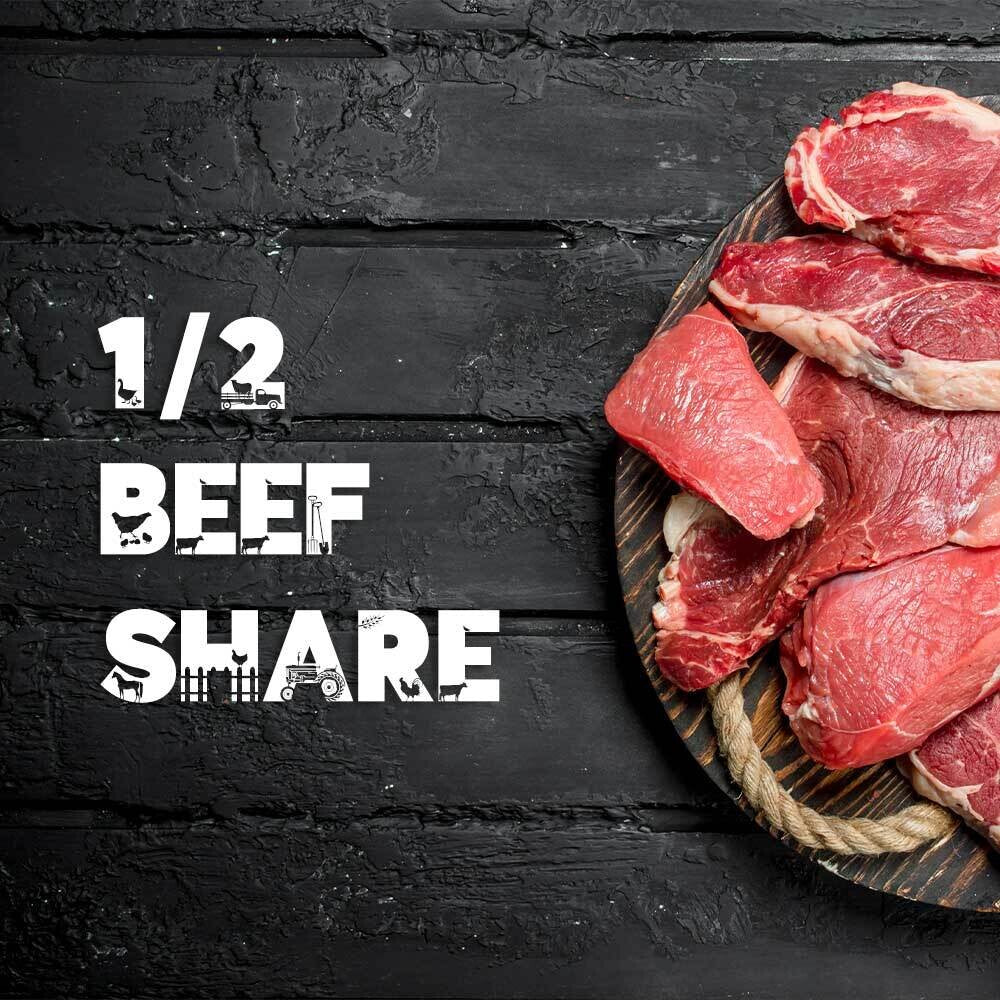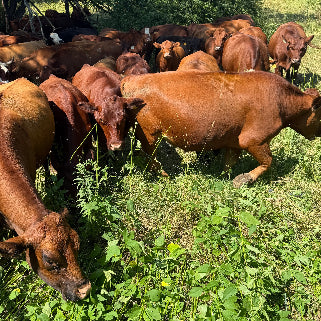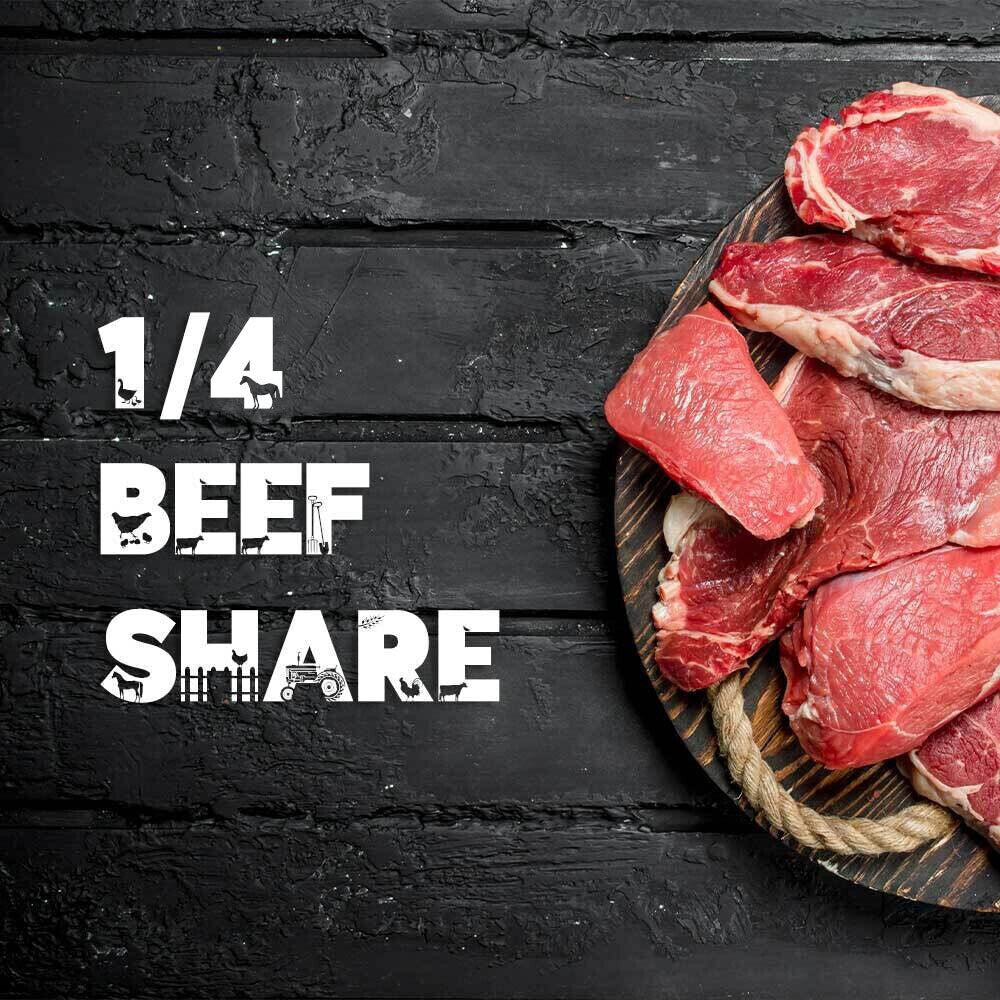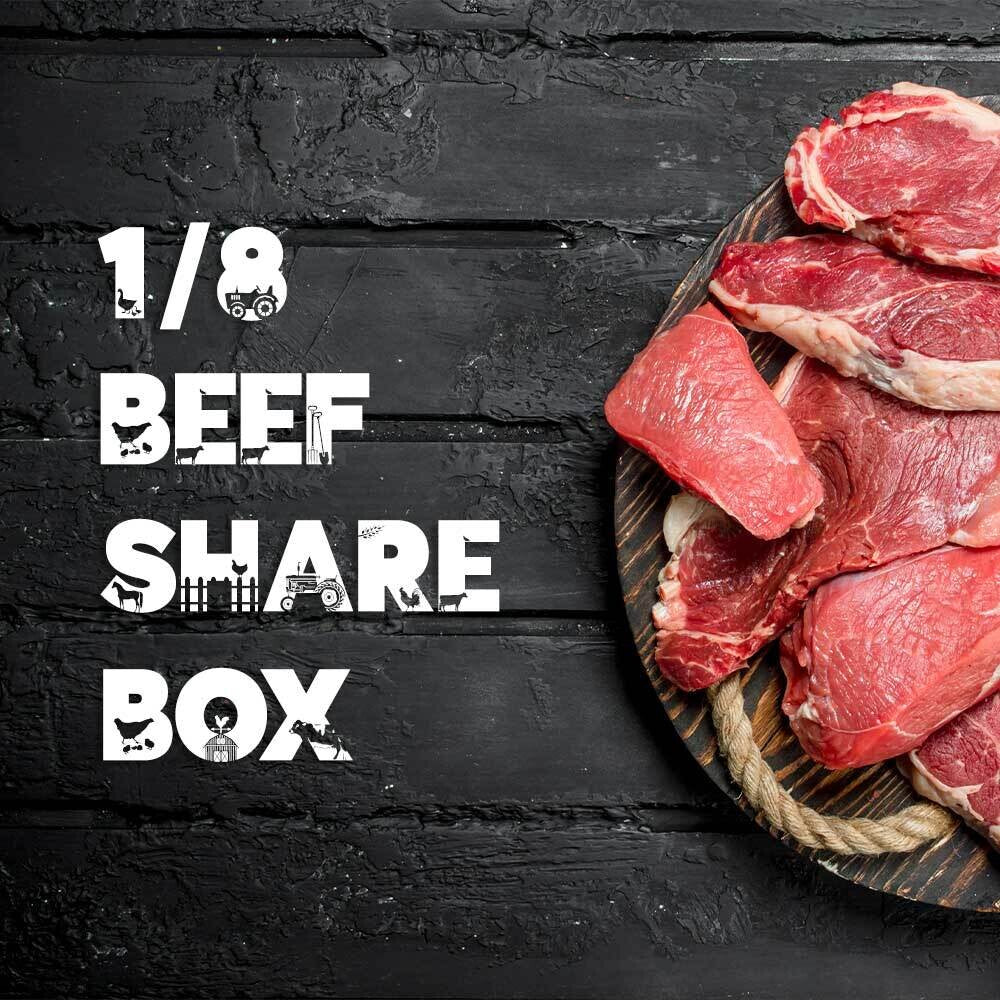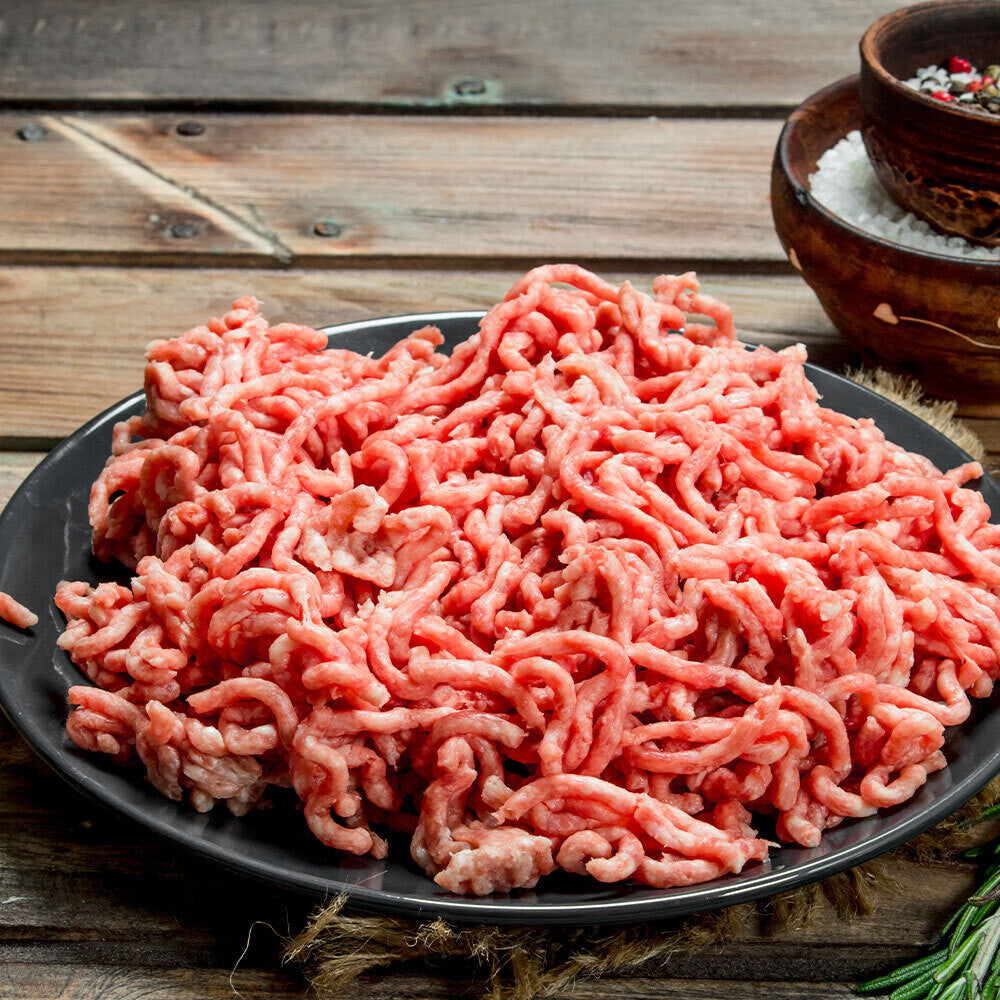
Are Grass-Fed Cows Actually Grass-Fed? Getting to the Truth
 Early Morning With Cattle
Early Morning With Cattle
Are Grass-Fed Cows Actually Grass-Fed?
In recent years, there's been a significant push towards sustainable and ethical food sourcing, with "grass-fed" beef often hailed as a superior choice both nutritionally and ethically. But a question that frequently emerges is: are grass-fed cows actually fed only grass? Let's delve into this topic and separate the facts from the myths.What Does "Grass-Fed" Mean?
At its core, the term "grass-fed" suggests that the animal's primary source of food throughout its life has been grass or forage rather than grains or corn. However, the specifics of this definition can vary based on regulations, certifications, and country of origin. In the U.S., for instance, the USDA had a standard definition for "grass-fed," but as of 2016, they rescinded their official definition, leaving it up to individual farmers and producers to define the term. However, third-party organizations, such as the American Grassfed Association, have their own stricter standards.The Nuances of Grass-Fed
There are a few key points to consider when evaluating the term "grass-fed": Grass-Fed vs. Grass-Finished: These are two distinct terms. While "grass-fed" means that the cow has consumed grass for a portion of its life, "grass-finished" indicates that the animal ate grass exclusively, especially during the final months leading up to slaughter. This distinction can greatly affect the nutritional profile and taste of the beef. Supplementary Feed: Some cows, while primarily grass-fed, may receive supplementary feeds, especially during colder months when fresh grass is scarce. This supplemental feed could include grains, which may alter the cow's diet profile. Certifications Matter: Due to the ambiguity surrounding the term "grass-fed," it's beneficial to look for certifications from reputable organizations that have strict standards and auditing processes. Tyner Pond Is Certified By The American Grassfed Association
Tyner Pond Is Certified By The American Grassfed Association
Benefits of True Grass-Fed Beef
When cows are genuinely grass-fed and grass-finished:- Nutritional Profile: Their meat tends to have a higher concentration of beneficial omega-3 fatty acids, antioxidants, and vitamins. It also has a more favorable ratio of omega-3 to omega-6 fatty acids compared to grain-fed beef.
- Ethical Considerations: Grass-fed cows often have better living conditions, with more access to open pastures and less crowding than those in feedlots.
- Environmental Impact: Pasture-raised animals can be part of regenerative agricultural practices that improve soil health, reduce erosion, and capture carbon from the atmosphere.
In Conclusion
While "grass-fed" is a term that's open to interpretation, genuinely grass-fed and grass-finished cows provide multiple benefits, both nutritionally and environmentally. As a consumer, it's crucial to do your research, understand labels, and possibly even connect directly with farmers or producers to get a clear picture of how the animals are raised. By supporting true grass-fed practices, consumers can drive change in the industry, advocating for more transparent and sustainable farming practices that benefit everyone— from the cows to the environment to the end consumer.
Tags:
Previous post
Finding Common Ground: The Diverse Motivation of Local GrassFed Beef Consumers
Next post
